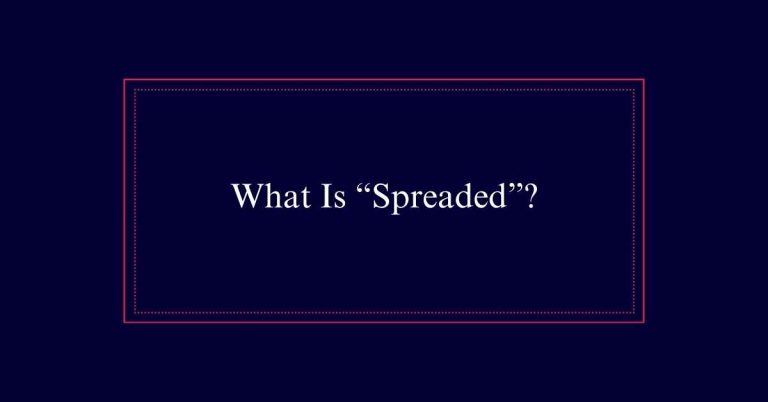Watch Your Tone: A Tone in Writing Quiz
Mastering the tone in writing is essential for effectively conveying your message and emotions. Tone shapes how readers perceive your words and respond to your communication. Emotional cues, such as positive or negative words, impact the reader’s understanding and feelings. Cultural differences also play a significant role in how tone is perceived, making it important to adapt your language accordingly. Participating in tone quizzes can sharpen your skills in identifying and using various tones.
Importance of Tone
The importance of tone in writing cannot be overstated. Tone is the attitude the writer conveys, shaping how readers perceive the message. It subtly communicates emotions without directly stating them.
Mtone is the attitude that the writer conveys, and it affects how readers interpret the message.erstand shared emotional cues to convey tone effectively. Certain tone markers, consistent among English writers, can guide this understanding.
For example, using positive words can convey joy, while negative words can express anger. By paying attention to these markers, writers can make sure their intended emotions are perceived accurately. This shared understanding of tone is essential for effective communication and enhances the clarity and impact of written messages.
Emotional Cues in Writing
Understanding emotional cues in writing is essential for conveying the right tone. Emotional cues help readers grasp the writer’s feelings and intentions. They shape how a message is received and understood. For example, using positive words can convey joy, while negative words can express anger or fear. The table below highlights some common cues.
| Emotion | Example Phrase |
|---|---|
| Joy | ‘Your work is outstanding and brings joy to the team.’ |
| Trust | ‘I believe in your abilities to handle this task well.’ |
| Anger | ‘This is unacceptable and needs immediate attention.’ |
| Fear | ‘I am concerned about the potential consequences.’ |
| Disgust | ‘This behavior is utterly reprehensible.’ |
Recognizing these cues enhances communication and helps convey the intended emotional tone effectively.
Nuances and Cultural Specificity
Nuances in writing tone are often influenced by cultural context. Different cultures have unique ways of expressing emotions, which can affect how tone is perceived.
For instance, a tone that appears respectful in one culture may seem overly formal or distant in another.
Writers need to be aware of cultural differences to avoid misunderstandings. For example, humor can be tricky because what is funny in one culture might be offensive in another. Additionally, expressions of politeness and formality vary widely.
Therefore, when writing for a diverse audience, it’s important to take into account these cultural specifics. Adapting tone to fit the cultural context will enhance clarity and prevent miscommunication.

Identifying Emotional Tones
Frequently, identifying emotional tones in writing requires keen observation and sensitivity to word choice. Words carry emotional weight and can subtly convey feelings such as joy, trust, anger, fear, and disgust.
Recognizing these tones involves understanding the context and the specific language used. For example, phrases like ‘Great job!’ suggest joy, while ‘I worry’ indicates fear. Emotional tones can shift a reader’s perception of the message, influencing understanding and response.
Writers must be mindful of their diction to accurately reflect the desired emotion. Effective tone identification enhances communication, ensuring that the intended emotional cues are received. Mastering this skill leads to clearer and more impactful writing, fostering better connections with the audience.
Tone Quiz Questions
Identifying emotional tones accurately can be challenging yet essential for effective written communication. A tone quiz can be a valuable tool to hone this skill.
Such quizzes typically present sentences or short passages, asking participants to identify the underlying emotions like joy, trust, anger, fear, or disgust. By analyzing specific word choices and sentence structures, users learn to discern subtle emotional cues. This practice helps improve sensitivity to the emotional nuances in texts.
Correct responses in these quizzes provide insights into how different words convey distinct tones. Regular practice with tone quizzes can greatly enhance one’s ability to recognize and interpret emotional undertones accurately, leading to more effective and emotionally intelligent communication.
Examples of Tones
Understanding different examples of tones in writing can provide valuable insights into emotional expression.
Consider the tone of joy, illustrated by the sentence: ‘Great job! Your delightful presentation this morning was a masterpiece.’ This sentence conveys happiness and praise.
Trust is demonstrated in: ‘I know you can do this. You’re so great at your job!’ Here, confidence and reliance are clear.
Anger is evident in: ‘How dare you steal our dog, you lying scoundrel.’ This sentence expresses strong disapproval.
Fear is shown in: ‘I worry that this mistake will destroy my credibility,’ indicating anxiety and concern.
Lastly, disgust is conveyed in: ‘I despise the ground you walk on,’ reflecting intense aversion.
These examples highlight how tone shapes emotional communication.
Communicating Emotions
Communicating emotions through writing relies heavily on the effective use of tone. Tone is the subtle yet powerful tool that conveys feelings without explicitly stating them.
Understanding how to use tone can transform simple text into emotionally resonant communication. Here are four key ways tone enhances emotional expression:
- Word Choice: Specific words evoke particular emotions. Choose words carefully to match the desired tone.
- Punctuation: Exclamation marks, ellipses, and question marks add emotional nuance.
- Sentence Structure: Short, abrupt sentences can convey urgency or anger, while longer sentences may suggest calmness or thoughtfulness.
- Context: The surrounding context influences how tone is perceived. Consistency in tone guarantees clarity.
Reader Perception and Tone
Reader perception of tone plays a critical role in the effectiveness of written communication. The way readers interpret tone can dramatically impact how they receive and understand the message.
Misinterpreting tone can lead to misunderstandings and conflicts. For this reason, writers must be mindful of their audience when choosing how to express themselves. Adapting tone to suit the context and the audience enhances message reception and clarity.
Words and phrases chosen must align with the intended emotional cues. Awareness of tone nuances guarantees that the message is conveyed as intended. This sensitivity to tone not only improves writing quality but also strengthens reader engagement and trust.








